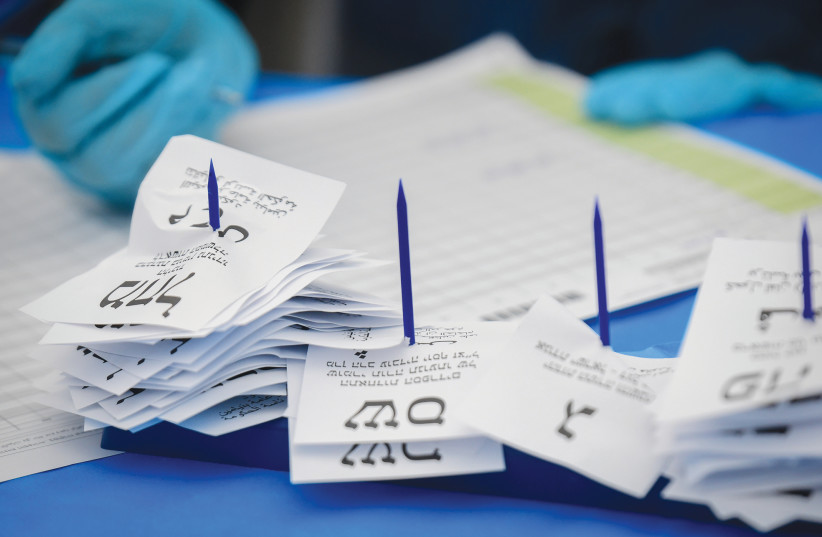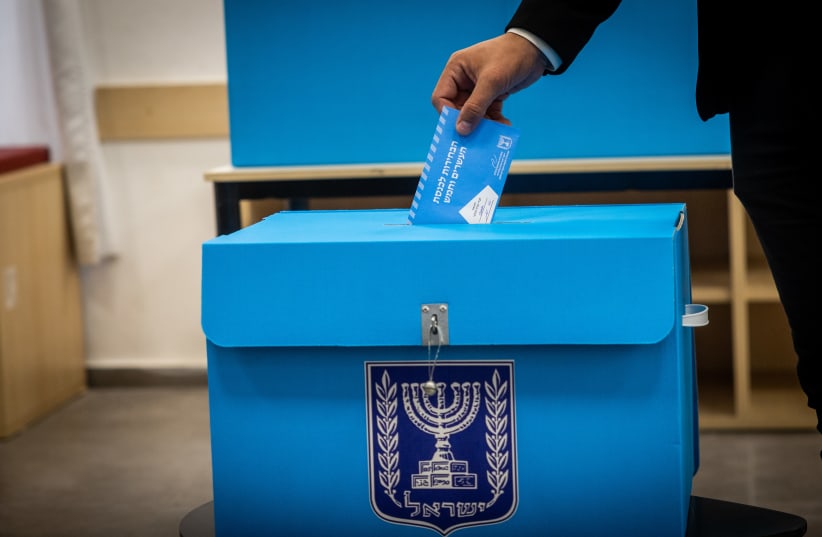Israel will hold elections for its local authorities on Tuesday, February 27. The following is a number of facts and information, based on a document put out by the Knesset's Research Division this week.
There are three types of local authorities in Israel: Municipalities, which run cities; local councils, which run townships that are not cities; and regional councils, which run a number of small towns, such as kibbutzim, in a certain region. The term "local authorities" is more general and relates to all three types.
The election was first scheduled for October 31. However, following the outbreak of the Hamas massacre on October 7 and ensuing war, the election was postponed until January 30, and then once again, to February 27.
There are 259 local authorities in Israel in total. Out of these, two are industrial parks that do not include citizens; 77 are municipalities; 126 are local councils; and 54 are regional councils.
164 local authorities are Jewish, 85 are Arab, and eight are mixed.

14 local authorities on the border of Gaza and on Israel's northern border, whose resident have been evacuated due to the war, will vote on November 19.
Each local authority has one chief executive (mayor, local council head, or regional council head). It also has a council, which serves as the local legislature and also receives executive duties. The size of councils varies from 9 to 31 in cities, and 5 to 21 in local authorities, depending on the size of population. The size of regional authority councils differs based on the number of small towns in the region. The chief executive is a member of the council. Jerusalem, for example, has the maximum 31 council members. 30 of them are representatives of parties, and the 31st is the elected mayor.
Voting includes individual chief executives, and affiliated parties.
The vote includes two ballots, one yellow and one white. The yellow ballots include candidates for the chief executives, and the white ballots include parties running for the councils. The allotment of seats on the council to parties is similar to Israel's national election. The chief executive must receive at least 40% of the votes in the authority in order to win. If no candidate reaches 40%, the candidate with the top two percentages go head-to-head in another vote two weeks after the first.
Second round of elections will be moved up due to Ramadan
However, this year, second rounds will be held on Sunday, March 10, instead of on March 12, due to the Ramadan holiday. Like on the day of the national election, the day of local authority elections is a national holiday and work places are closed. However, the day of second-round elections is not a holiday, and workplaces remain open.
Regional councils include a third, blue ballot, for the committee of the voters' small towns, who in turn elect that towns' representative in the regional council.
Like in the national election, people with disabilities or serve in roles that do not enable them to vote in their local authority, can vote elsewhere with double envelopes. In order to accommodate for the many soldiers serving in the war, the Knesset passed a law saying that the voting for soldiers can begin a week in advance. Soldiers already started voting on Tuesday, and ballot boxes were brought into Gaza for that purpose.
There are 801 candidates in total for chief executive positions, out of which only 83 (slightly over 10%) are women.
There are 24,910 total candidates for local authority councils, out of which 6,349 (approximately 25%) are women.
